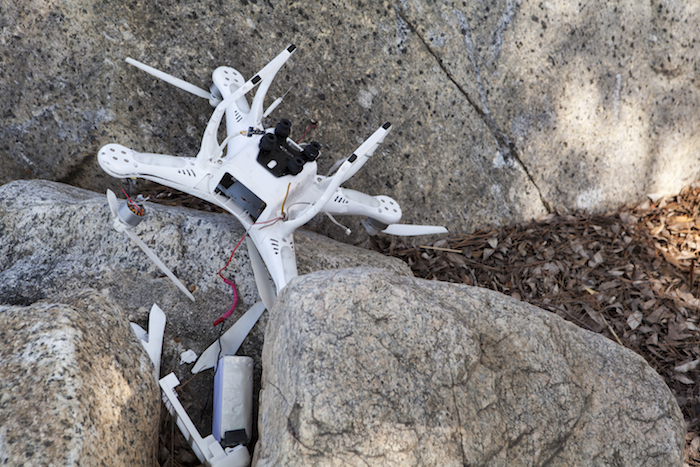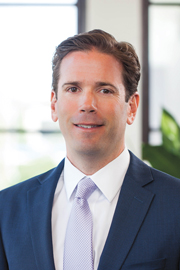

As published in Toledo Business Journal- April 1, 2019

by Brian Baumgardner
Is your business using unmanned aerial vehicles (UAVs), unmanned aerial systems (UASs) or, simply put, drones? If you answered “yes,” you are not alone, as the FAA estimates that by 2020 about 30,000 small unmanned aircraft will be used for all types of business purposes including agricultural monitoring, disaster management, law enforcement, aerial imaging/mapping, road surveys and construction.
What does this mean for your business? The Federal Aviation Administration (FAA) has certain requirements for commercial-use drones. Commercial use is defined as any usage connected with a business whether using owned or non-owned drones. A summary of Part 107 FAA regulations indicates that each drone intended to be operated must be registered, the pilot must obtain a remote pilot certificate with a small UAS rating or be under the direct supervision of a person who holds such a certificate, and the operator must take responsibility to ensure the drone is safe before flying. (See FAA Part 107 for a full list of all rules and regulations)
Although not a requirement of the FAA Part 107, Drone Insurance is a good idea. Even when flown by conscientious pilots, drones are not fool proof, and accidents do happen. There are numerous incidences of privacy claims, as well as people and property getting damaged as a result of drone usage. The standard general liability policy will not provide coverage for liability or property damage caused by an unmanned aircraft.
What should you do if you are using a drone in your business? You need a specific policy to cover the drone. This policy can be issued to cover both physical damage (hull coverage) as well as liability exposures coming from 3rd party bodily injury and property damage. In addition to these damages, some policies go further by protecting you from other 3rd party claims such as invasion of privacy. Some insurance carriers are offering endorsements to their general liability policies that will provide liability coverage. Whether coverage is offered by endorsement or a specific policy, liability insurance transfers the financial responsibility and risk of loss to your insurer.

Vice President,
Senior Client Executive
Market Leader
567.803.0103
mcasey@oswaldcompanies.com
What can you expect to pay? A majority of insurers issue policies with liability limits of $1,000,000 and estimated annual premiums around $80. However, costs vary widely depending on factors including the experience and skill of the operator, usage, and work environment. Coverage for the drone itself (Hull Insurance) and the equipment onboard/cameras depend upon the value of the individual pieces of equipment.
The insurance marketplace is growing, with more insurers offering Unmanned Aircraft Systems Insurance (Drone Insurance) and others offering coverage under professional liability and general liability coverage forms. Because all these factors vary from one situation to another, if you are using drones, whether owned or non-owned, it is best to contact your risk management professional for guidance.